Read Articles and News about Envision Eugene
What is Envision Eugene
Cities and other jurisdictions in Oregon are required to do comprehensive land use planning to ensure that they have sufficient area to accommodate expected growth without encroaching on farmland and natural areas, and to guide development within the urban growth boundary. Eugene has historically shared a comprehensive plan with Springfield, but legislation at the state level required Eugene and Springfield to develop separate plans. The Envision Eugene process has helped to create the framework and vision for Eugene's new comprehensive plan.
Envision Eugene Vision, Walkability, and Housing Options
“Mixed use neighborhoods in the downtown and along Eugene’s six key corridors will accommodate future multi-family housing and new commercial development. These revitalized urban neighborhoods will provide people who live and work in them easy access to shops, parks, and entertainment by walking, biking, or taking public transit.
Neighborhoods across the city will be improved to promote compatible transitions between lower and higher intensity development, increase transportation options, parks and recreation opportunities, and access to neighborhood businesses and community gathering places. Every Eugenean deserves to live in a 20-minute neighborhood.
Eugene has experienced steady annual population growth for decades. Eugene is forecasted to continue to grow into the future, and as it does we need to plan for that growth.
”
Envision Eugene recognizes that in order to meet future demands, we need to determine how to grow now. It places a priority on enhancing already walkable neighborhoods and helping neighborhoods that aren't walkable move towards that goal. And it recognizes that demographic shifts mean that a greater variety of house options will be necessary. It identifies the key corridors and areas to focus on: Downtown, Highway 99, River Road, Coburg Road, South Willamette, Franklin Boulevard, and West 11th Avenue.
The Challenge
In addition to other purposes, such as establishing community vision, Envision Eugene is an important step to achieving state-mandated goals, such as determining what kind of Urban Growth Boundary expansion we may need. While there is widespread agreement on the vision of Envision Eugene, the specifics of how to implement that vision has faced challenges. The South Willamette Special Area Zone process, was intended to serve as, among other things, was serving as a proof-of-concept test for the idea of increasing housing capacity along key transit corridors to allow us to meet our long-term needs for housing and other development. No alternative methodology for turning Envision Eugene into action and making the changes we need has come to the forefront.
There are currently other proposals in the works to determine how to meet the housing need within our current Urban Growth Boundary proposal, but it remains unclear if these proposals will truly fulfill our goals as a city, or simply meet technical requirements.
Despite the effort that has gone into Envision Eugene, it remains unclear as to if it truly captures a community vision. For example, despite the fact that there are seven pillars (below), how to balance conflict between these pillars (for example, how to balance promoting compact urban development with protecting neighborhood livability) remains a source of controversy.
The Seven Pillars:
• Provide ample ECONOMIC OPPORTUNITIES for all community members
• Provide HOUSING AFFORDABLE to all income levels
• Plan for CLIMATE CHANGE and ENERGY RESILIENCY
• Promote COMPACT URBAN DEVELOPMENT and EFFICIENT TRANSPORTATION OPTIONS
• Protect, repair and enhance NEIGHBORHOOD LIVABILITY
• Protect, restore and enhance NATURAL RESOURCES
• Provide for ADAPTABLE, FLEXIBLE and COLLABORATIVE implementation
More Information
A wealth of information can be found on the City's Envision Eugene Website.

